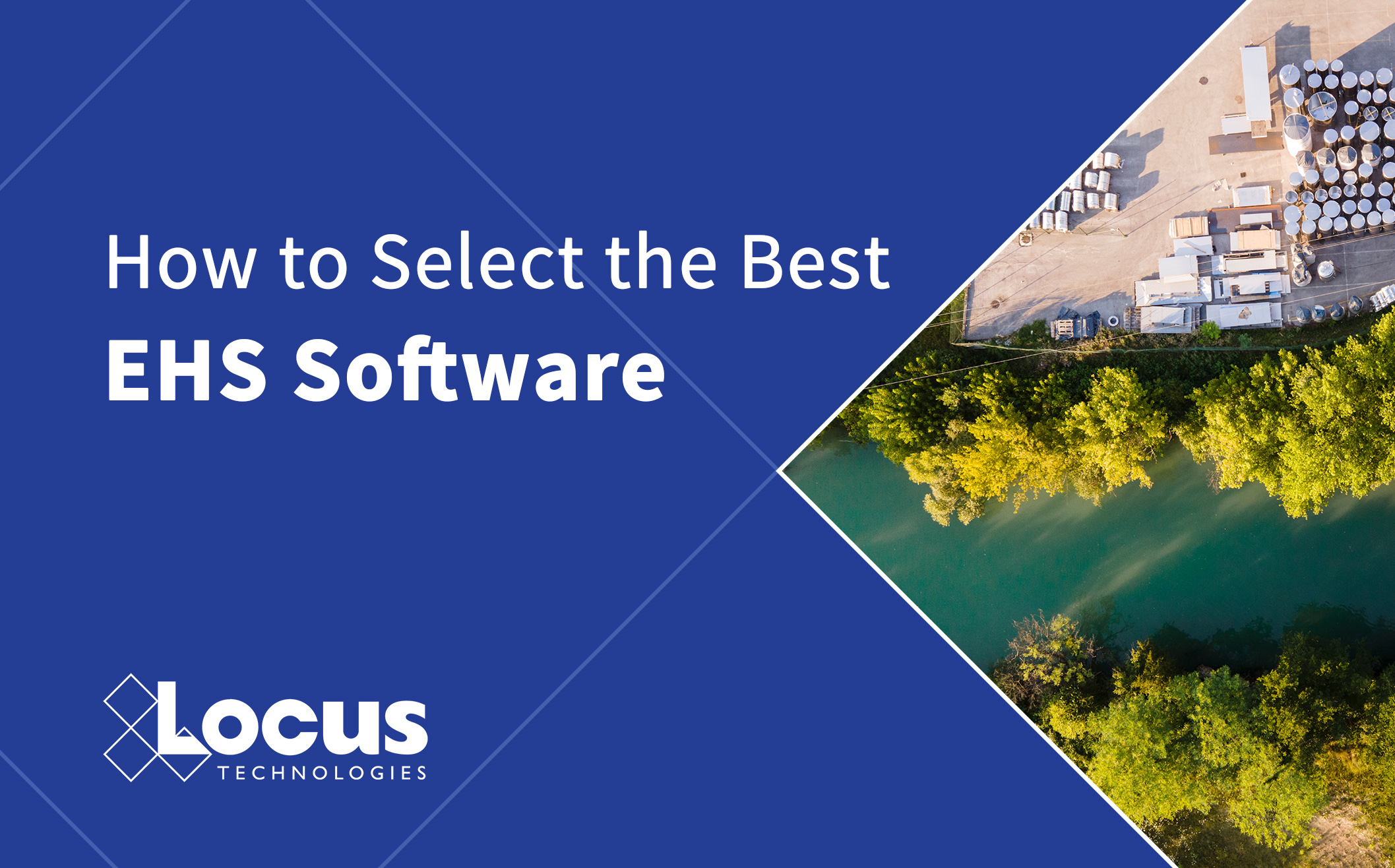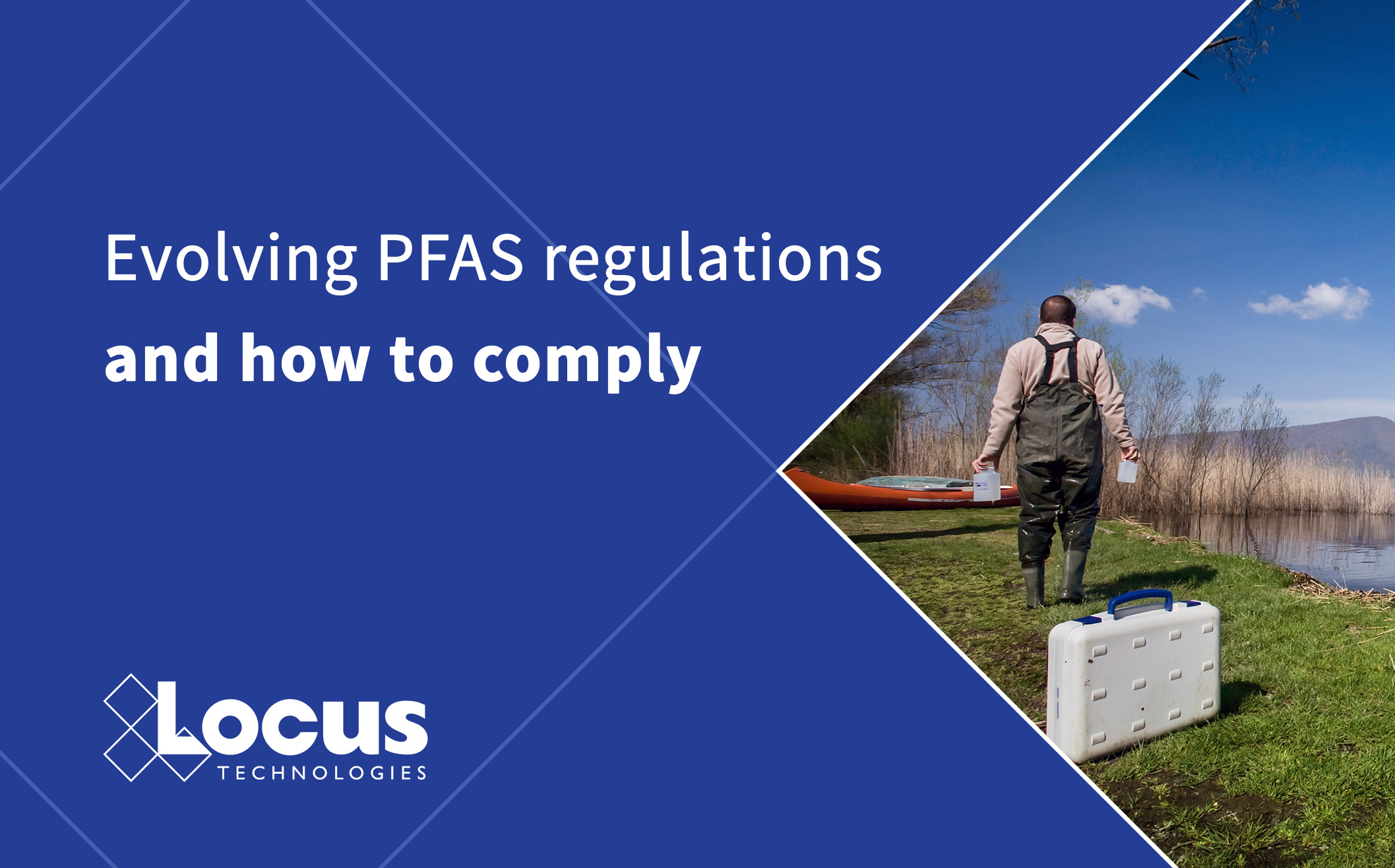
Choosing the right Environmental, Health, and Safety (EHS) software is critical for organizations aiming to enhance compliance, manage risks, and streamline safety processes. With numerous options, selecting the most suitable EHS software requires a structured approach that aligns with the organization’s unique needs. This paper outlines the key factors and steps to follow when evaluating and choosing the best EHS software for your organization.
1. Understand Your Organization’s Needs
The first step in selecting EHS software is to assess your organization’s specific requirements comprehensively. This involves understanding the nature of your industry, regulatory obligations, and the scale of EHS activities. Considerations include:
- Regulatory Compliance: Identify the specific regulations your organization must adhere to, such as OSHA standards, ISO certifications, or local environmental laws.
- Risk Management: Evaluate the risks in your operations (e.g., chemical handling, machinery safety, environmental impacts) and ensure the software can address these effectively.
- Operational Scope: Determine whether your organization needs a solution for a single site or a global system that integrates with operations across multiple locations and countries.
2. Identify Key Features and Capabilities
Selecting the best EHS software involves matching the platform’s capabilities to your needs. Key features to prioritize include:
- Comprehensive Incident Management: The software should allow easy reporting, tracking, and analysis of incidents and near misses.
- Comprehensive Waste Management: The software should allow easy integration for waste management, tracking, manifesting, analysis, and reporting in specific federal, state, or country formats.
- Comprehensive Air Emissions Management: The EHS software should provide seamless integration for managing air emissions, including Continuous Emissions Monitoring Systems (CEMS) tracking, in-depth analysis, and standardized reporting in compliance with specific federal, state, or country requirements. This capability ensures efficient emissions monitoring, simplifies regulatory reporting, and supports organizations in maintaining environmental compliance across jurisdictions.
- Water Management: Effective EHS software must include a comprehensive water management module capable of addressing the diverse range of water reporting requirements under regulations such as the Clean Water Act and other relevant laws. This functionality should cover both water quality management and consumption monitoring, tailored to the specific needs of different industries. For example, companies in the oil and gas sector should look for a “produced water management” feature to handle the complexities of water produced during extraction processes. This ensures that the organization can track and report water usage and discharge, stay compliant with environmental regulations, and manage resources more sustainably.
- Audit and Inspection Tools: Effective EHS software provides customizable checklists, automated scheduling, and detailed reporting for audits and inspections.
- Compliance Tracking: A robust compliance module ensures that your organization stays updated with regulatory changes and meets all obligations.
- Data Analytics and Reporting: Advanced analytics features help visualize data trends, assess risks, and support decision-making.
- User-Friendly Interface: Ensure the platform is intuitive and accessible for all users, minimizing training time and resistance to adoption.
3. Evaluate Integration and Compatibility
An essential factor in choosing EHS software is its compatibility with your existing systems. The software should seamlessly integrate with enterprise resource planning (ERP) systems, human resources (HR) platforms, and other business applications to provide a unified data flow and enhance operational efficiency. Consider:
- APIs and Data Import/Export: Verify that the software has robust API support and can easily import/export data to and from other systems.
- Cloud vs. On-Premises: When choosing between a cloud-based solution and an on-premises option, opting for a multitenant cloud solution that aligns with your organization’s infrastructure and data security policies is essential. A cloud-based solution is increasingly vital today as it provides superior scalability, real-time updates, and the flexibility necessary to adapt to evolving business needs. Be cautious of vendors offering cloud and on-premises solutions; this can be a sign that their cloud product is not a proper cloud-native solution but a ported version of an older client-server system.
- Hosting Infrastructure and Vendor: The choice of hosting infrastructure plays a critical role in the reliability, scalability, and security of your EHS software. Opting for a cloud solution hosted on robust platforms such as AWS (Amazon Web Services) or Microsoft Azure ensures that your data benefits from industry-leading uptime, advanced security protocols, and global data centers. These platforms are built to scale efficiently, accommodate high volumes of data, and offer comprehensive disaster recovery solutions. Selecting a vendor that partners with trusted hosting providers like AWS or Azure adds a layer of assurance regarding data integrity and service continuity, which is essential for maintaining seamless EHS operations.
- Vendor SOC Reports: Ensuring that the EHS software vendor is SOC certified is essential, explicitly holding SOC 1 and SOC 2 certifications. These certifications assure that the vendor adheres to stringent standards for managing customer data securely and meeting compliance requirements. Notably, the vendor should provide their own SOC certification as proof of their data protection and operational excellence rather than relying on the certification of their hosting facility. This demonstrates the vendor’s direct commitment to safeguarding customer data and maintaining robust internal controls, which are crucial for trust and reliability in EHS management solutions.
4. Assess Vendor Reputation and Support
Selecting a reputable vendor with a solid track record is essential for long-term success. When using research analysts’ reports to identify potential vendors, it is essential to verify that the analysts do not have any conflicts of interest or relationships with the vendors they evaluate. Many research analysts operate in a grey area, offering products and services to the industry and the vendors they should assess impartially. If you notice instances where a vendor and a research analyst have collaborated on joint papers or webinars, it’s wise to exercise caution, as these partnerships may indicate bias. Key considerations include:
- Experience and Client Base: Look for vendors with experience in your industry and a substantial client base.
- Customer Support and Training: Ensure the vendor provides comprehensive customer support, including training programs, technical assistance, and dedicated account management.
- User Feedback: Consult customer reviews, case studies, and industry reports to gather insights into user satisfaction and software reliability.
- Multitenant cloud architecture: Multitenancy is a crucial feature for modern EHS software, enabling a single instance of the software to serve multiple customers securely and efficiently. This architecture ensures that each client’s data is kept separate and secure while sharing the same software infrastructure, which optimizes resource usage and reduces operational costs. Additionally, multitenancy facilitates seamless updates and maintenance, allowing all users to benefit from new features and security enhancements without service interruptions. This approach supports scalability and provides a consistent user experience across the board, making it ideal for organizations with various locations or divisions that require customized yet unified EHS management solutions.
- The Importance of Unifying EHS Compliance with ESG and CSRD Apps on a Single Platform: Integrating EHS compliance with ESG (Environmental, Social, and Governance) and CSRD (Corporate Sustainability Reporting Directive) applications on a unified platform is essential for streamlined operations and comprehensive reporting. A single platform approach ensures that data flows seamlessly across compliance, sustainability, and reporting functions, eliminating data silos and reducing manual effort. This integration enhances the accuracy of compliance tracking and sustainability metrics, enabling organizations to align their environmental and safety practices with broader corporate goals and regulatory requirements. Additionally, unifying these functions allows for more efficient data analysis and reporting, ensuring businesses meet stringent regulations like CSRD and align with investor expectations for robust ESG disclosures, all while supporting strategic decision-making.
5. Scalability and Customization
Your organization’s needs will inevitably evolve, so selecting EHS software that can scale with your growth and adapt to new requirements is essential. One of the main reasons software implementations fail is that the chosen vendor cannot support a company’s growth, especially as EHS data tends to expand rapidly, often compared to the uncontrolled growth of cancer. The selected software must be robust and flexible enough to manage a surge in data volume, new compliance regulations, and additional functionalities as the company expands its operations. Without this scalability, organizations face challenges such as performance issues, increased costs for data storage, and the need to switch platforms mid-growth—leading to inefficiencies and potential data migration risks. Ensuring that the EHS software has proven scalability and the ability to customize features to align with future needs is critical for long-term success and seamless growth management. Key points include:
- Modular Design: Select software that offers modular functionality, allowing you to add new features as needed.
- End-user configurability: Select software that offers end-user configurability, allowing you to add new features as needed without triggering change Orders for every little change.
- Customizable Workflows: The ability to tailor workflows and forms to fit specific processes ensures the software adapts to your business, not the other way around.
6. Cost and Return on Investment (ROI)
Evaluate the total cost of ownership, including licensing fees, implementation costs, training, and ongoing support. Weigh these expenses against the potential benefits, such as improved compliance, reduced incident rates, and enhanced operational efficiency. Calculate ROI by considering:
- Time Savings: Assess how much time the software can save your team on manual data entry and reporting.
- Reduction in Incidents: Quantify potential decreases in incidents and associated costs.
- Regulatory Fines and Penalties: Consider how the software can help avoid fines by maintaining better compliance.
Conclusion
Selecting the best EHS software requires a strategic approach that balances functionality, integration, scalability, and cost-effectiveness. By thoroughly understanding your organization’s needs, evaluating key software features, and assessing vendor reputation, you can make an informed decision that enhances your EHS performance and aligns with long-term business goals. Opting for a cloud-based solution is essential today, as it offers superior scalability, real-time updates, and flexibility. Be cautious of vendors offering both cloud and on-premises solutions, as this could indicate that their cloud offering is not truly native but rather a ported version of a client-server system. The right EHS software can be a powerful tool for driving safety, compliance, and sustainability initiatives across your operations, setting the stage for continuous growth and improvement.



